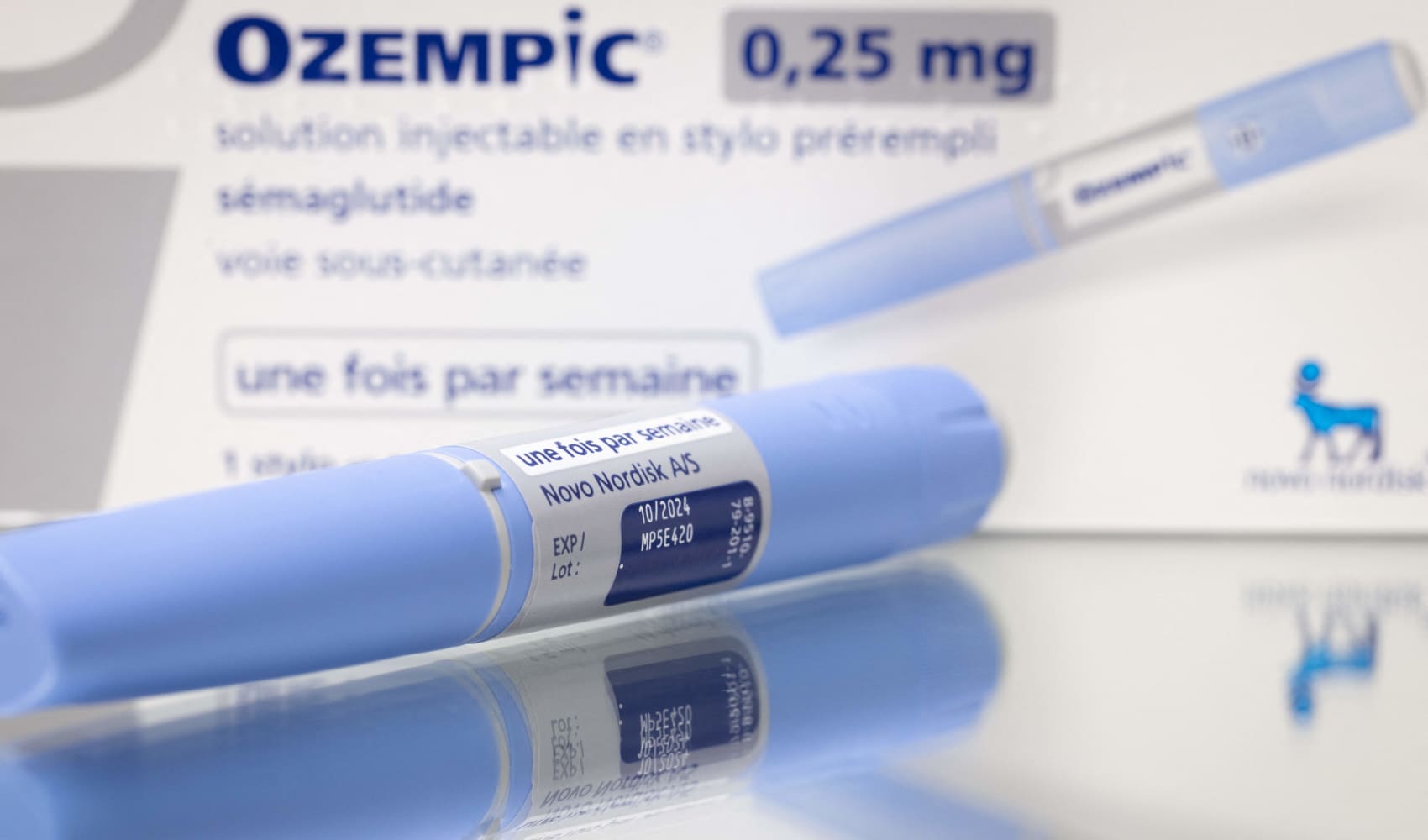Health
“I don’t understand all that stuff. What do you mean he has a learning disability? What’s that?”
I had just finished going over the neuropsychologist’s diagnostic testing report with the father of one of my patients. I thought I had explained his son’s learning disability carefully, but this father was telling me I hadn’t done a very good job. And he was right. The report was full of professional jargon and code words that shut him out. I needed to start over, using words, images and analogies that fit his needs instead of mine.
What IS a Learning Disability?
A learning disability is a difficulty learning certain specific kinds of information even though the ability to learn in general remains intact. A learning disability affects how language is processed in the brain, both the words we hear and the ones we say. And it affects how pictures are handled, both the ones we read and the ones we write.
A disability can create difficulty for kids in school. Reading, writing, spelling, math, and any number of other subjects can be arduous with a learning disability. Out of school, they interfere with learning on the job and with oral and written communication.
Picturing a learning disability
Imagine a woman who can bake a cake from the memory of working with her mother when she was a child, but can’t follow a recipe in a cook-book. Imagine a man who can do high-level math and physics in his head, but has a very hard time writing a coherent paragraph, or putting paragraphs together into a readable story. Imagine a high school senior who can memorize long lists of words and grammar rules in a Spanish class, but can’t put them together to read or speak the language. These people are struggling with learning disabilities.
Common misconceptions
A learning disability is not a vision problem, nor is it a hearing problem. A learning disability is also not a reflection of intelligence. People at all levels of intelligence can have a learning disability.
The Learning Disability Roadmap
The father I mentioned above had used a roadmap to find his way to my office. That gave me the opening I needed.
To understand a learning disability, take out a highway map. There are highways that mark the fast interstates that get you from one coast to the other as quickly as possible. Think of these as the direct routes that people without learning disabilities use to process information quickly in their heads. Then there are the local roads that wander here and there, connecting every little village. These are the slower pathways that the learning disabled must navigate to understand the same information.
Ordinarily, to go any distance, you would prefer the most direct route on the highways. But what would you do if the highways were closed for repairs? You’d head for the local roads. And what would you do if your car only ran in second gear but you really had to get from here to there? You would go, of course, but the ride would be noisy and slow.
Having a learning disability is like having to drive a long distance on a local road, because the highways are closed. You can get there, but it will be slow, the trip will be tedious and difficult, and most people would rather not go.
How Does a Learning Disability Affect School and Home Life?
Learning disabilities affect everything from a teen’s schoolwork to his or her social life. In high school, the primary way of learning and remembering new information in any given subject is language-intensive and demands good language skills. ‘Reading the roadmap’ becomes difficult. Mathematics, chemistry and physics are very pictorial and require good visual skills to navigate the learning roadmap. Memory problems that make it hard to remember the map also make it hard to remember lessons in class, to do homework, or even to finish chores.
Understanding spoken language
Learning disabilities that interfere with processing or understanding spoken language make conversations among family and friends a problem. The disabilities that affect visual processing can interfere with reading the body language that accompanies the words we say.
Emotional Reactions to Learning Disabilities
Learning disabilities are demoralizing. It is hard to believe in yourself when you fail. It is hard to muster self-confidence and self-esteem when school-work is unbearable. The failures associated with learning disabilities can create a real feeling of loss because ideas and plans and sometimes even hopes can seem ended by this diagnosis.
The problems can also provoke anger or lead to depression. They can underlie behavioral problems. 125 out of 155 consecutive adolescents admitted to one psychiatric hospital for behavioral problems or depression were found to have a learning disability. That makes counseling for the teen and the entire family, often using cognitive or behavioral therapy, an important part of the treatment program.
Diagnosing a Learning Disability
Teens with learning disabilities need to undergo diagnostic testing and their physician must understand how to interpret the results. In the case of learning disabilities, the Wechsler test, commonly used to evaluate verbal, performance, and full scale IQ results, is not adequate. Its results may be normal in spite of widely scattered subtest results. Subtests are exams that evaluate specific aspects of cognition (e.g. verbal reasoning and performance) and are better at diagnosing learning disabilities. In general, the subtest scores should cluster in a three or four point range, and the verbal and non-verbal scores together should be within four points of one another. Scatter of scores beyond that range on the verbal subtests suggests language processing problems while scatter on the performance subtests can mean visual processing difficulties. Scatter on both can be a sign of difficulty with organization as well as with trouble in both language and visual areas.
Achievement vs. cognitive testing
The Wide Range Achievement Test and the Woodcock Johnson Achievement Tests reveal gaps and point to areas of schooling that need particular attention, but offer little information about how the given material was learned, or how it is used. Therefore, they are not adequate for evaluating learning disabilities. The Woodcock Johnson Cognitive Tests are a better indication of how material is learned and managed in the brain.
Learning Techniques for Those With a Learning Disability
Once a learning disability has been identified, it is imperative that a teen get the right help. Regulations require every school to prepare an Individualized Education Plan (IEP) that specifies what a special education curriculum will accomplish and it sets a timetable for completion. That IEP must match the information from the diagnostic tests, address the deficits, and respond to the problem areas identified in the tests.
Academic tutoring
There are two ways to teach someone who has a learning disability. One is academic tutoring. In this method, specific bits of information are presented to the student and the student is asked to commit them to memory. Once a portion of information has been memorized, more information is presented, and so on. In this way, the student learns gradually in an incremental fashion, but relies on the teacher to do so.
Strategic tutoring
The other teaching method is called strategic tutoring. Students are taught strategies to use when confronted with their particular disabilities.
In reading, students are encouraged to break down unfamiliar words into separate syllables or parts, sound out the words, and read out loud. This multi-strategy approach to reading gives the brain more than one source of information, or more than one ‘local road’ to work with. When doing arithmetic, using the fingers like an abacus helps the student to visualize the numbers. It offers the brain a second source of data that reinforces memory and again helps the student on his or her drive down that ‘local road’. The benefit of strategic tutoring is that it encourages the student’s independence.
Help from technology
Oral testing, extra time on written tests and special seating in the classroom are all methods that can benefit the learning disabled student. Modern technology can make life easier as well. Computers, unobtrusive microphones, tape recorders, voice recognition systems, and electronic calculators, spelling and grammar checkers are all useful aids for a learning disabled student (refer to Table 1 below).
There are a number of resources for people who are looking for more information about learning disabilities. Your first stop might be the
Learning Disabilities Association of America (LDA)
4156 Library Road
Pittsburgh, PA 15234
Ph.(412) 341-1515
Fax(412) 344-0224
http://www.ldanatl.org
Call the national headquarters to receive a free information packet.
Also, in most medical schools, pediatric departments have neurology services that can provide access to local resources. Many universities have programs in their graduate schools of education and their graduate programs in psychology and psychometrics that can either provide resources or referrals when there is a question about diagnosis or management of a learning disability.
I used the trusty roadmap to help this family see and understand their son’s learning disability. In the end, they understood what a learning disability was, and how it was affecting their son. Most importantly, they understood what they had to do to help him.
Table 1. Electronic technology that helps teens with a learning disability
| Calculator | Math (Algebra, geometry, calculus), Science |
| Spell Checker | Writing Essays |
| Computer | Handwriting Typing |
| Tape Recorder | Note taking Recording first drafts |
| Optical scanner and voice production software | Reads printed material aloud |
| Voice recognition software | Typing Recording first drafts |
| Noise-canceling head phones | Reduces distractions |



